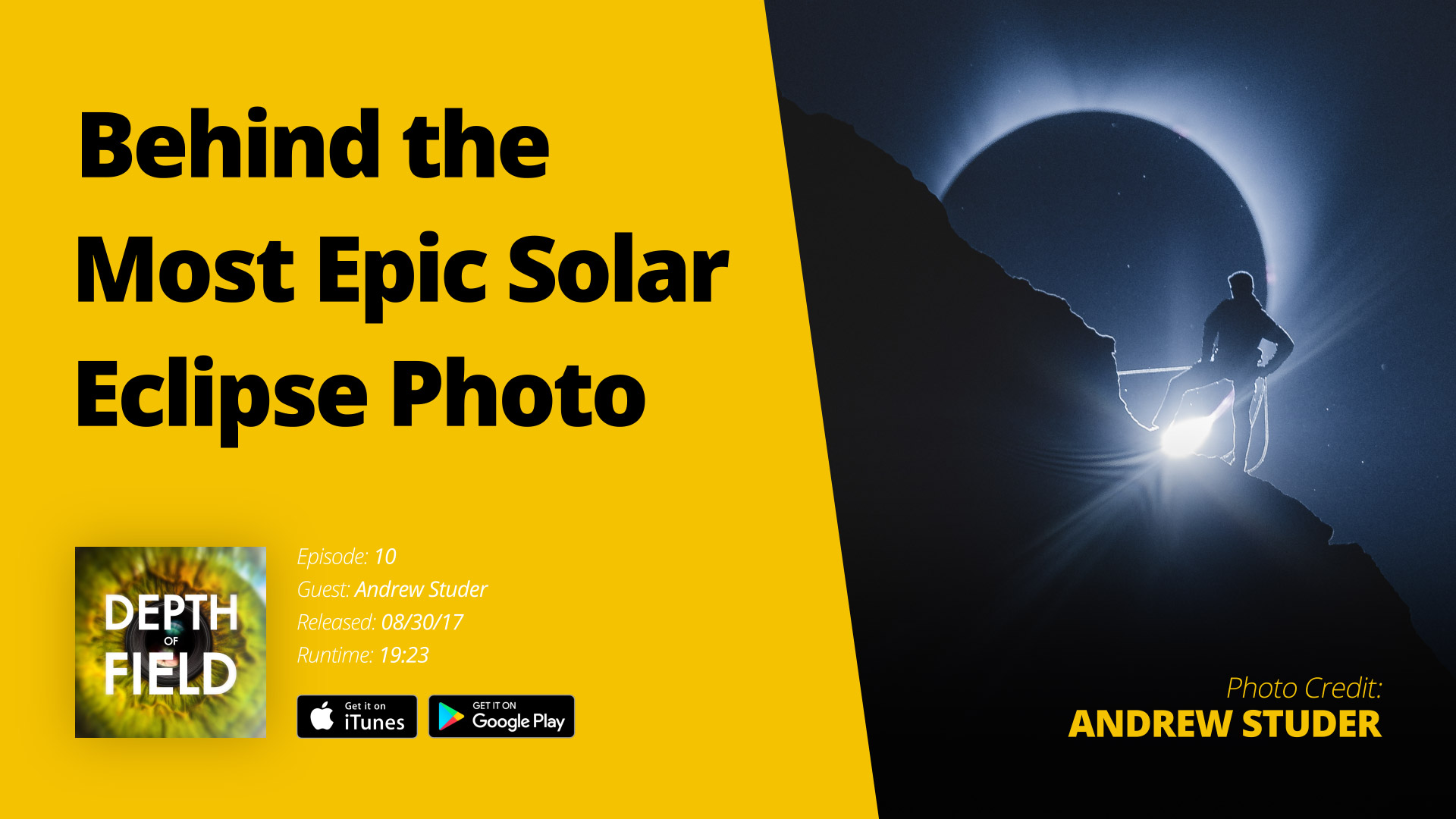
On August 21st, 2017, a total solar eclipse crossed through Oregon and photographer Andrew Studer was there, at Smith Rock State Park, to capture the most incredible moments of the whole event. We talk about the logistics and planning that went into capturing those shots, as well as the other aspects that come with being a freelance photographer.
Related Links
Welcome
Adrian Thompson: Andrew, thank you so much for coming on.
Andrew Studer: Hey, thanks so much for having me, Adrian.
Adrian: Obviously I saw your shots of the eclipse; it really caught my attention being a Redmond local, and they’ve been getting a lot of engagement on Facebook, so I’m curious if this week has been any different for you with all this attention or is it just business as usual?
Andrew: Well, yeah, definitely, this is pretty out of the ordinary. I think that the photos that me and some of my friends who were with me captured, were fairly unique and I think a lot of people are pretty excited about that and that’s just something that we didn’t expect and we’re just really appreciative of all the shares and attention that our photos have gotten, so we’re really excited about it.
Getting Started in Photography
Adrian: Cool, well I’m excited to talk more about those specifically, but first could you give us just a quick background on how you got started in photography and then the journey that led you to where you are now?
Andrew: Definitely. So, I guess I was always pretty artistic growing up. I use to really like to draw and do all sorts of art, and create things. I grew up in Oregon and it’s really, really beautiful here. There’s a lot of incredible landscapes and so I think that photography was just a natural continuation of my passion for art and the outdoors and so I got into outdoor photography, I think around 2012, and just started creating and fell in love ever since.
Adrian: Yeah, one thing I was impressed to learn was that you’re only 22, right?
Andrew: Yeah, that’s correct.
Adrian: So what age were you when you started?
Andrew: Probably around 16 or so.
Adrian: Okay, and you’re working with brands already like National Geographic, Columbia and GMC, so I’m curious: what’s your secret? How have you become so established already at such a young age?
Andrew: Well, to be honest, I don’t know. Probably a bit of luck, but I just try and post my personal work just as much as I can and you know, sometimes brands happen to see that, or the agencies that they work with, and they just want me to do something similar for them, or whatever. I’m definitely pretty fortunate to be working with so many companies and especially just be doing this full-time and making a living out of it, I’m pretty thankful for that.
Adrian: How did it start out? What were your first type of clients like and then how did it transition into the bigger stuff; was there a clear point that that happened, or how could you describe that transition?
Andrew: Well, it definitely wasn’t a clear point, but I learned a lot just as an intern with a studio called Buck Studios, in Portland, and I would just be involved with their shoots whether it was assisting or just as a second camera op, but I got a lot of experience with them and learned a lot from them and it kind of transitioned from there. So, it was a great experience for sure.
Adrian: Okay, and did the contacts from that help you moved into more of a freelance role?
Andrew: Yeah, well, Darren Utt, the producer at Buck Studios, was certainly a big player in helping me transition, but like I said earlier, just posting my work and just hoping that the right people would see it online. That was pretty key and it helped me transition that way.
Logistics, Planning & Capturing the Eclipse
Adrian: Cool, alright, well let’s talk about some of these eclipse shots. Can you tell us about the pre-production that went into making that all happen?
Andrew: Definitely. So, it was certainly a team effort. I worked closely with my friends, Ted Hesser, Martina Tidbell and Tommy Smith in the pre-production for this. Ted and I, he’s another photographer who was there who captured a very similar shot, we both had very similar ideas for an eclipse photo so we collaborated on it and Ted got coordinated with Tommy and his girlfriend, Martina, to climb up and get in position for the eclipse and he also helped find the general location for where we would want to be. We scouted and we worked with Tommy, the climber, and I helped position him exactly where he would need to be for the photo and got him in a good spot compositionally as far as head positioning goes, body position and stuff like that. So, it was definitely a team effort. We used an app called PhotoPills to try to figure out where the sun was going to be, but thankfully Ted was able to scout and figure out where the sun would be and just to confirm that the app was working, because sometimes they get a little jankey.
Adrian: Yeah, that was my next question, because that seems like some rocket science type of math you’d have to do otherwise, to figure out where exactly it would be at that time.
Andrew: Yeah, the app’s pretty simple to use, so it was nice.
Adrian: How many times were you out there? Did you just go to Smith Rock once before to plan this out or were you there several times?
Andrew: Well, I’ve been there several times before. I’m pretty familiar with the area and really we could’ve had a climber anywhere, on any of the ledges and everything out there, because the foreground is so high and the sun was so high, and like I said earlier, Ted kind of figured out the general area where we would want to be and we chose Monkey Face because it’s such a symbolic and iconic rock structure at Smith Rock State Park.
Adrian: Well, not that I’m really going to understand, but I’m sure some listeners are really curious to know: what equipment did you end up using and why?
Andrew: Before I get into that, I just want to make a note that: anybody could’ve taken these shots and used any camera or lens as long as it was a telephoto lens, so my answer varies from what you should be using or anything like that. To answer your question though, I used a Canon 1DX2 and used a Sigma 150-600mm Sports Lens and to support it I used an Induro 204 Tripod, they’re super lightweight and high quality, and I used one of their gimbal head. That was pretty key for me getting the photo because I was able to recompose really quickly because the telephoto lens, the Sigma, is so heavy, having the gimbal head was super helpful to reposition and lockdown a tripod shot.
Adrian: What about some of the technical settings in terms of shutter speed and exposure. Do you remember and would you even be willing to share that type of stuff, or is that a trade secret?
[Andrew: [laughing] No, not at all. Happy to share it. It was kind of interesting though, we didn’t know exactly how dark it was going to be during totality. We didn’t know how the light was going to affect the foreground and our climber and so we were adjusting almost while it was happening and we only had 1:28. I set my ISO fairly high because it was kind of dark, but then the bright lights from the ring light around the sun was fairly bright, so I wanted to have a fast shutter speed, because it was on a telephoto lens but I wanted also to expose for the brightness and I brought up the shadows, the dark areas in post.
Adrian: Okay, so yeah, that’s where your experience is coming in I assume, with having to make these last minute adjustments and you only have a minute and 30 seconds, so that’s gotta be, that’s got to feel a little tense in those moments.
Andrew: It was very tense, the whole shooting experience happened so fast, but it was pretty surreal.
Experiencing Totality
Adrian: Could you describe just what it was like, or just elaborate on what it was like during that one minute 30 seconds. Have you ever seen a total eclipse before and if not, what was that like on top of doing this whole shoot?
Andrew: Oh, man. [sigh] I’ve never seen a total eclipse before. It was so surreal, like I said, I didn’t know exactly what to expect and it was just insane. One of the most memorable things I think about seeing the eclipse at Smith Rock was the cheers and howls that everybody was doing during totality and it would all echo around the valley and it was [sigh] so surreal. It got cold because the sun completely went away and I remember just getting so many goosebumps…
Adrian: Yeah, me too!
Andrew: It was so surreal in the moment because we didn’t know if the shot was going to workout, if our math was off, or our planning was off just a little bit, we would’ve completely missed it and I think the fact that we realized, while it happened, that it worked out perfectly and the climber was in the perfect position and we got the shots that we envisioned just made it all that more surreal. [laugh] I remember, there’s actually a video of me, my reaction I guess, right after shooting it—Columbia Sportswear was working with us, producing a documentary of it—I sort of just stepped away from the camera and just took off my hat and was just shaking my head, I was just like, “There’s no way!”. I was just completely blown away that everything worked out and what it was like. It was so surreal.
Adrian: So, did you know you had the shot or were you not so confident in the moment, or did you know, “Okay, yeah, we got it.”.
Andrew: This was one of those rare moments where I was just like, “Yep, I got it. I’m just gonna step away from the camera, I don’t need to check. I need to just go for a quick walk and just decompress.” It was a pretty emotional moment to be honest. I’m not usually prone to like, you know, experiencing these sort of spiritual or emotional sort of things, but it was pretty, just, moving moment for sure.
Adrian: And that is saying a lot because you’ve traveled around so much, like could you give us an idea of some of these other exotic places you’ve been too, taking pictures?
Andrew: Definitely, I’ve done a decent amount of traveling to some pretty beautiful areas. I’ve done a couple trips to Iceland, some up to Italy and Switzerland and spent a bunch of time in the Canadian Rockies.
Adrian: That’s awesome.
Andrew: I’ve seen quite a few things that are just really beautiful and I’m super fortunate to have witnessed them, like volcanoes and the northern lights, but to be honest, totality was probably one of the most insane things I’ve ever seen.
Adrian: Was it pretty crowded Smith Rock, were you getting competition from other photographers? I know you had, like you said, your friend Michael was there also taking pictures, but what was it like in terms of other people?
Andrew: Well there were a couple other people with us. It definitely wasn’t competition in anyway. Another photographer, Chris Burkhart, was across the river maybe 100 feet away from us with his team and they were working with a slackliner below our climber. You know, there were a lot of other people with similar ideas, but what I thought was pretty cool was how everybody walked away with completely different shots. My friends, Michael and Ted, they were only a couple feet away from me, but they walked away with completely different shots just because how far away the climber was and what compression did to the photos, you know, the climber was in a completely different spot in their photos. I thought it was pretty neat how we got different photos.
Pros & Cons to Freelance Photography
Adrian: Can we talk a bit about your experiences freelancing and what it’s been like just managing the business relationships and how that’s played into, obviously you have such an artistic role and you’re not sitting behind a desk that much, so I’d just be curious to hear your take on the pros and cons of being freelance.
Andrew: Yeah, I honestly love being a freelance photographer. I honestly couldn’t be happier, but I definitely do spend a lot of time sitting at a desk working. I feel so fortunate to be doing this fulltime, but there’s so many days that go by that I’m just sitting at a desk, on the computer, from as soon as I wake up to late at night and I’m just editing or working on contracts or budget and SOWs, stuff like that. So, I think that freelance photography is super fun, but people overlook, sometimes, the boring work that might go with it. But, like I said, I’m super fortunate to be doing this fulltime.
Adrian: That makes sense, because obviously you’re not posting pictures of you writing contracts on your Facebook page, you have all your amazing photographs, so that’s what I was picturing your lifestyle, like “These guy’s always traveling!”. In reality, how many trips are you going on a year, to these places?
Andrew: I probably do a fairly decent trip once a month.
Adrian: What’s the next spot on your radar? Is that already planned, or are you taking a break?
Andrew: Yeah, breaks are fantastic. When I get back from trips I like to spend at least a couple days not leaving the house, just spending time with friends and watching Netflix in bed. I love those moments. [laughter] I think in two days I’m off to the Italian Alps to do a shoot there and I’m pretty excited for that.
Adrian: Wow! That sounds amazing.
Andrew: Yeah, it should be really fun.
Andrew’s Practical Advice
Adrian: Before we go, I like to end each episode with some practical advice for the listener. So, what should an aspiring photographer focus on this week to get better at the craft?
Andrew: I think that editing raw files is such a huge and important step in the whole photographical process. I think that taking the time to learn how to, you know, create a mood or follow through with a vision when it comes to editing the raw file is super important. So, I think if you’re trying to get more into photography, just start learning more about how light can impact a mood and just think about how processing can really impact the overall image. To be honest, 9 times out of 10 my raws do not look as great as they do when I post them and that’s because I spend a lot of time processing them and working with the color and the light. It’s not necessarily faking it, I think that editing photos is a really big step in the process, but I think that’s something a lot of people might overlook and they expect to get beautiful results in camera and while that definitely can happen, editing plays a huge role.
Adrian: That makes a lot of sense, because what you’re doing is taking advantage of the technology, right? Because it makes more sense to shoot a more flat image that you can edit later rather than the extreme, trying to capture perfect the first time where you have less room to make edits later.
Andrew: Definitely, and I think that’s the entire purpose of the raw file.
Wrap Up
Adrian: Totally. Well, if people want to see more of your work, where would you like them to go first? Do you prefer your Facebook, or your website? I’ll link to both, but where would you send them too?
Andrew: Yeah, Adrian, I think that my website is probably a good place to go. You can check me out on Instagram, but if you search my name “Andrew Studer” it should popup and you can check it out from there.
Adrian: I be remiss to mention that all these prints are for sale. People can by them from your site, so if they want to support you they can go ahead and do that.
Andrew: I appreciate that.
Adrian: Yeah! Well, thank you so much for coming on the show and sharing your time with me. It was awesome to have you.
Andrew: Hey, thanks so much man. Stoked to be here.


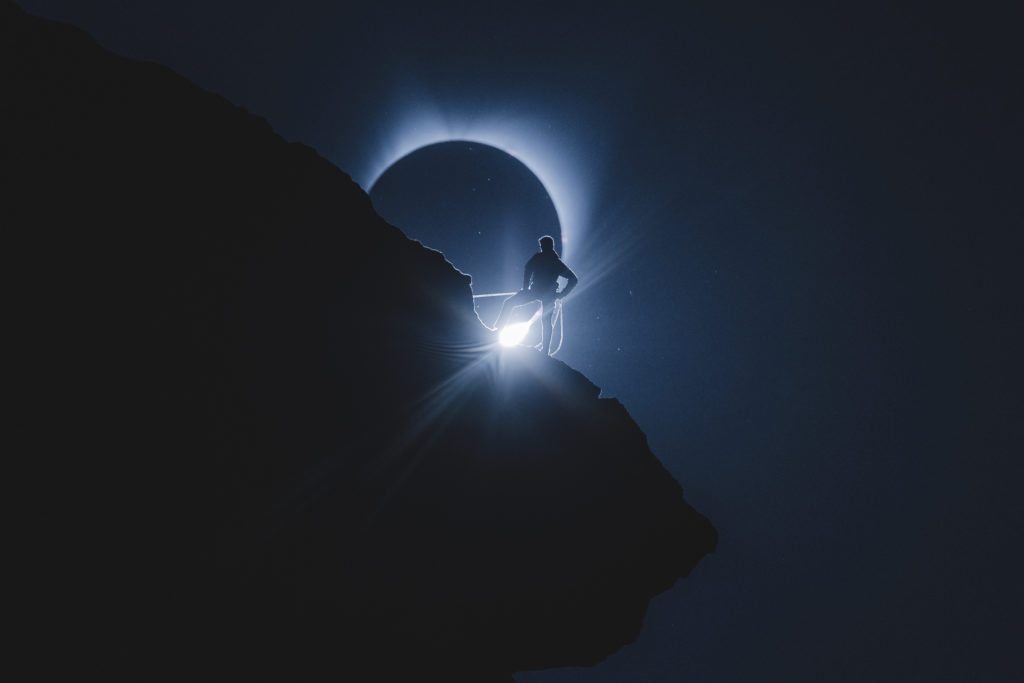
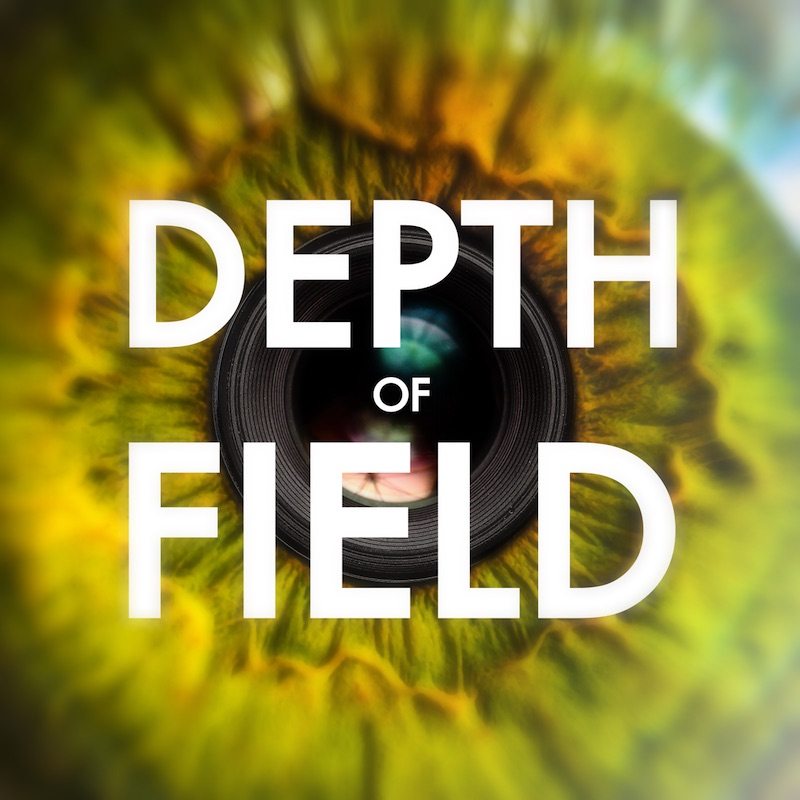


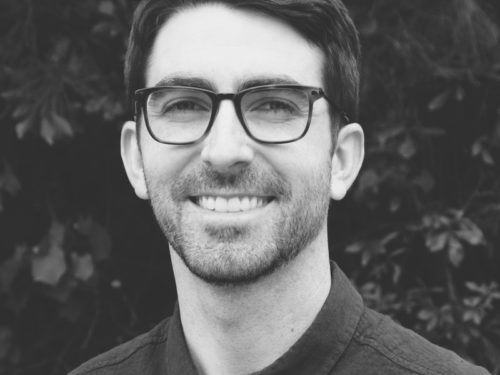
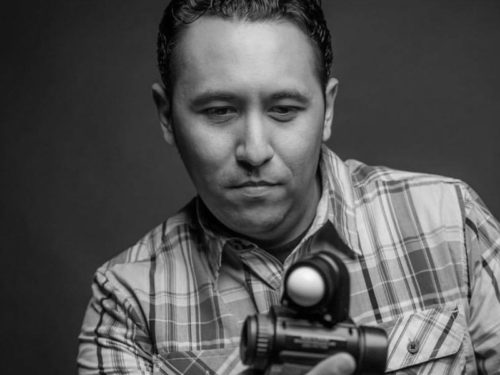
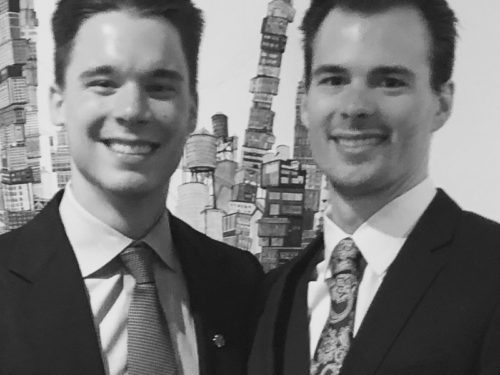
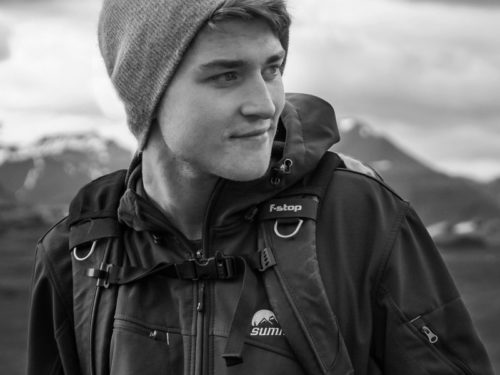
0 Comments